If you don’t know about growing potatoes in containers, but want to harvest bucketfuls anyway, then this article is for you.
I’ve grown potatoes both in the ground and in pots, and there are benefits to both.
Now, I’m not the world’s best gardener. I even struggle keeping up with all the work sometimes. So, if I can grow potatoes, then so can you.
Last year, I split my potato crop between both containers and the ground. My potato yield in the ground was meager, and I fared better growing them in things like large trash cans and plastic (food safe) bins.
So this year, I’m growing potatoes in containers.
When you plant potatoes will depend on where you live. In my area (Zone 7), I start growing potatoes in pots in March so they’ll be ready to harvest in June, before it gets too hot.
The rule of thumb is to plant your potatoes about two weeks after the last frost date in your area. If you’re able to bring your containers inside, then you can plant your potatoes sooner.
READ NEXT: HOW TO PLANT GARLIC
How to Grow Potatoes in a Container
In order to plant potatoes in containers, you first need seed potatoes.
If you don’t know what those are, they’re small potatoes that are used like seeds. Out of the “eyes” of the potato, a plant will grow, putting down roots, and from there, more potatoes grow.
You can buy seed potatoes on Amazon or from a big box store, or grocery store.
When it comes to seed potatoes, you have some choices.
You can go with:
- Certified seed potatoes (these are potatoes that have been tested and certified disease-free)
- Use potatoes from last year’s harvest
- Plant seed potatoes that have not been certified
You can try using potatoes from the grocery store; in my area, the smaller stores carry potatoes that clearly have not been sprayed with chemicals to prevent them from sprouting.
However, your grocery store might not be as lax about where it sources commercial potatoes, so you’re best bet is to go with certified disease-free seed potatoes.
Next, a decision
You can either plant your seed potatoes whole or cut them into smaller pieces. Each decision has its benefits.
Planting the whole potato means you’ll need more seed potatoes, but they’re less likely to succumb to rotting.
Cutting them up means you will have more to plant, but they also run a greater likelihood of picking up a disease or rotting in the ground.
If you do choose to cut your seed potatoes, then make sure there’s at least 2 eyes per piece, and cut them into roughly 1-inch pieces.
Do this one or two days before planting so they have a chance to form a protective layer over the exposed areas.
This helps them with moisture retention and rot resistance. If you don’t do this, your harvest might not be very good.
Personally, I’m going with both to see which does better in containers.
Choosing a container
You can grow potatoes in anything, but plastic bins, large pots, and trash cans are common choices. If you want a good-looking plant to grace your doorstep, then large, ornamental pots are a good choice.
If you go with plastic, make sure it’s food safe. If you build a container out of pallet wood, then make sure the wood is safe for DIY projects.
READ NEXT: HOW TO TELL IF YOUR PALLETS ARE SAFE FOR DIY PROJECTS
Make sure the container can drain. The last thing you need is to lose an entire crop because it did not drain after heavy rains.
Line the bottom of the container with about a ½-inch of potting soil and compost. I use composted manure, since we have plenty of it.
Next, place your potatoes in it (if using whole ones, I like to do 1-2 large potatoes or 2-3 small, egg-sized ones. If using cut potatoes, go with 3-4 per container).
Add 2-inches of dirt over your potatoes. As they grow, the plant will begin to emerge from the soil. When it’s about 6 inches or so in height, add another 2-inches of soil.
Place the containers in a sunny area away from animals that might dig into them.
As the plant continues to grow, keep adding 2-inches of soil, making sure to leave about 4-inches of plant exposed to the sun, until the soil reaches the top of the container.
Your potatoes are ready to harvest when the leaves start to die back, in about 10 – 12 weeks. (If you want to store them for a while, however, then leave them in the ground for a few weeks after the foliage dies back so their skins thicken.)
When you go to harvest your potatoes, simply turn the bucket upside down, and sort through the dirt to find the tubers. Harvest them all at the same time so the potatoes don’t rot in the ground.
Make sure to harvest on a dry day, and make sure not to damage the tubers.
Brush dirt off gently, and store in a cool, dark area. Do not wash until you’re ready to eat them, since the water will shorten their shelf-life.
Some notes:
- Potatoes grow best in well-drained, loose soil.
- Potatoes require consistent, but not soaking, moisture, so water regularly.
- Don’t let the tubers get exposed to sun; the skin will turn green, and become poisonous to you and your animals.
READ NEXT: HOW TO USE BANANA PEELS AS FERTILIZER
Common pests to look out for:
Aphids
Aphids are tiny insects that love to decimate vegetable crops. They can be tricky to get rid of, but one option is using banana peels buried just below the surface of the soil.
Read my article about using banana peels in the garden here.
Flea Beetles
If you begin finding a lot of holes in your potato plant leaves, you might have a problem with flea beetles.
According to the University of Minnesota, flea beetles can be black, brown, bluish, or metallic. The University advises planting plants as close to summer as possible, since flea beetles are the biggest problem in the spring, and less of an issue in the summer.
If you’re going to grow potatoes in containers, then moving them to an area that’s away from leaf litter, hedge rows, and wind breaks or wooded areas is a good idea, since the flea beetle overwinters in those areas before emerging in the spring.
One option is to consider row covers if you’re concerned about them damaging your crop.
You will have to double check that the row covers are not creating too much moisture, which can lead to blight.
Common diseases:
Late Blight
Potato blight (you might have heard of it because of the Irish Potato Famine) is a fungal infection that can kill your potato crop fairly rapidly.
It’s a bigger issue in hot, humid weather, which is why it’s best to plant in early spring for a June harvest, or in late summer for a fall harvest.
You’ll know if your potatoes are effected by blight if the leaves develop brown patches, or become black and moldy. Remove the plants and burn it. Wait a few weeks, the harvest the potatoes.
If you’re wondering how to plant potatoes in containers to avoid blight, using certified disease-free potatoes are a good place to start, as will using disease-resistant varieties.
Potato Scab
Potato scab is caused by Streptomyces scabies. According to the University Of California, avoid scab by planting potatoes in acidic soil or by treating them with sulfur before planting because Streptomyces scabies can’t survive acidic environments.
READ NEXT: HOW TO PLANT A PERENNIAL HERB GARDEN
I’d like to hear from you!
Do you like growing potatoes in pots? Do you feel like you now know how to go potatoes in containers? Leave a comment below!
More Gardening Tips:
- 9 Genius Time Saving Gardening Tips
- Tips on Using Coffee Grounds in the Garden
- How to Garden in Small Spaces and Get a Great Harvest
- Try These 2 Ridiculously Easy Hacks for a Healthier Garden
Want more awesome gardening tips? Organic By Choice: The (Secret) Rebel’s Guide To Backyard Gardening is a book that’s your guide to embracing your secret (or maybe not so secret?) rebel. It’s more than a gardening book – it’s the manual to a life not many people have the grit to try.
Maat van Uitert is a backyard chicken and sustainable living expert. She is also the author of Chickens: Naturally Raising A Sustainable Flock, which was a best seller in it’s Amazon category. Maat has been featured on NBC, CBS, AOL Finance, Community Chickens, the Huffington Post, Chickens magazine, Backyard Poultry, and Countryside Magazine. She lives on her farm in Southeast Missouri with her husband, two children, and about a million chickens and ducks. You can follow Maat on Facebook here and Instagram here.

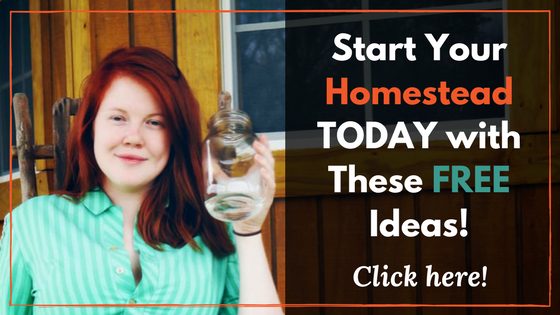

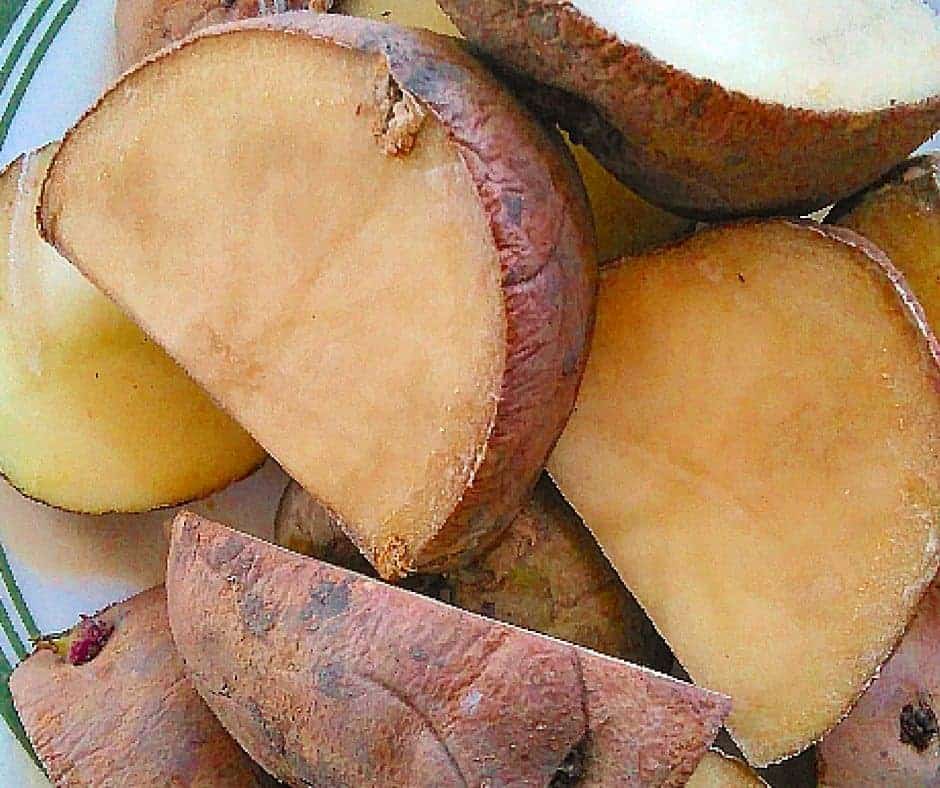
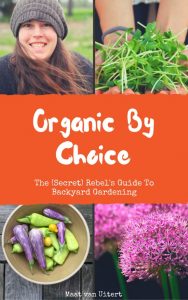

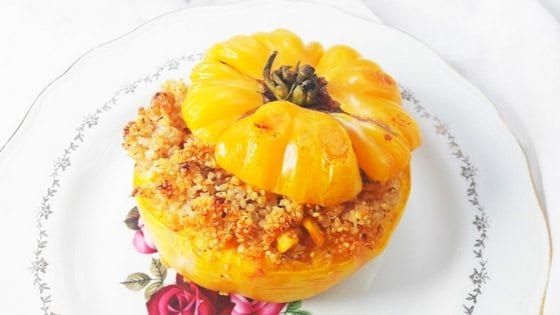
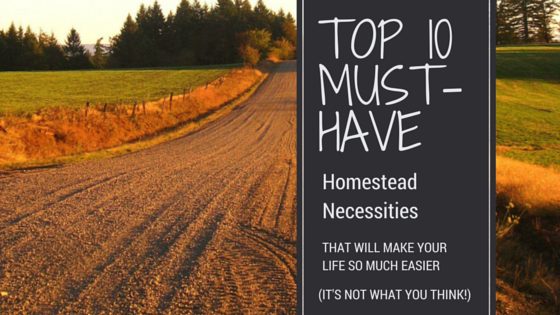
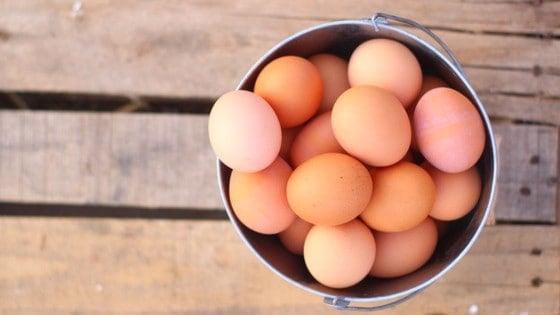
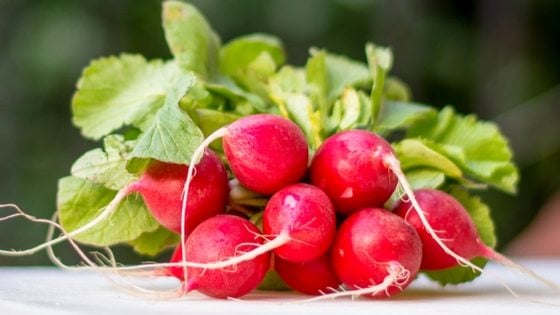
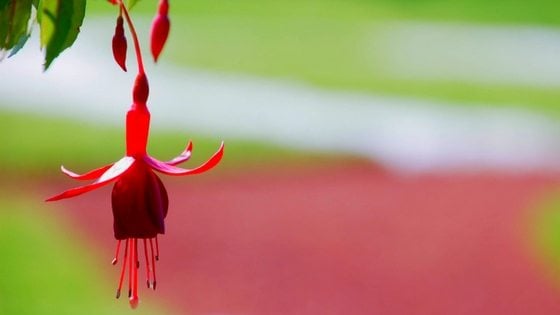
I DO grow my potatoes in containers. I use a half whiskey barrel for my white and red potatoes and a huge plastic tree pot for the sweet potatoes. Gotta watch them though or they tend to take over my greenhouse!